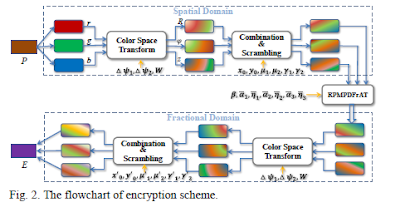Automatic Annotation of Text with Pictures
Aim: a novel application has emerged that automatically adds pictures to text.
Objectives:
Is to reduce a reader’s cognitive information processing load1 by showing relevant pictures along with input text. A reader can quickly and easily decide if the text information deserves a closer look.
Existing System:
Here, provides a detailed comparison of eight well-known picturing systems.
1. WordsEye,17 a text-to-3D-scene rendering system, parses text into a semantic representation
and creates a 3D rendering (a scene).
2. Story Picturing Engine9 extracts keywords and matches words to a labeled image database
as part of the process of story illustration.
3. ROC-MMS for Complex Sentences12 produces a multimodal (text and pictures) summary of sentences.
4. Simple Sentence Picturing18 is an effort to investigate the idea that pictures can convey simple sentences across language barriers.
5. Enriching Textbooks19 matches sections of a textbook to Internet images.
6. Word2Image11 connects multiple meanings of a word to a collection of images.
7. Text to Pictographs20 for AAC is related to so-called translation efforts, where pictures are displayed to assist those with cognitive impairment.
8. Picturing Microblogs21 is an effort to summarize microblog (such as Twitter) content using representative pictures.
Proposed System:
The components of a generic text picturing system can typically include the following.
1. Language input. The input text can be obtained from the output of a speech-to-text device or directly taken from a webpage. Language input is provided as one or more groups of linguistic units (one or more words or one or more sentences).
2. Knowledge resources. These are used to add related context to the input. The inclusion of additional context to the input text (called semantic expansion) often proves to be very effective in retrieving higher-relevance images.
3. Knowledge extraction. To effectively retrieve the most relevant image for text, an essential step is to identify the main themes or terms in the text.
4. Picture matching. Once the main themes are identified, a similarity metric matches the input text to the descriptors (tags) of candidate images.
5. Output rendering. Selected images are rendered in one or more visual scenes.
The neural-network image-decoding approaches currently found in image-interpreting solutions.
Scope of application:
Several applications can benefit from text picturing, including AAC tools, classroom material, visual summary of reports, advertising, news, and social media.



Comments
Post a Comment